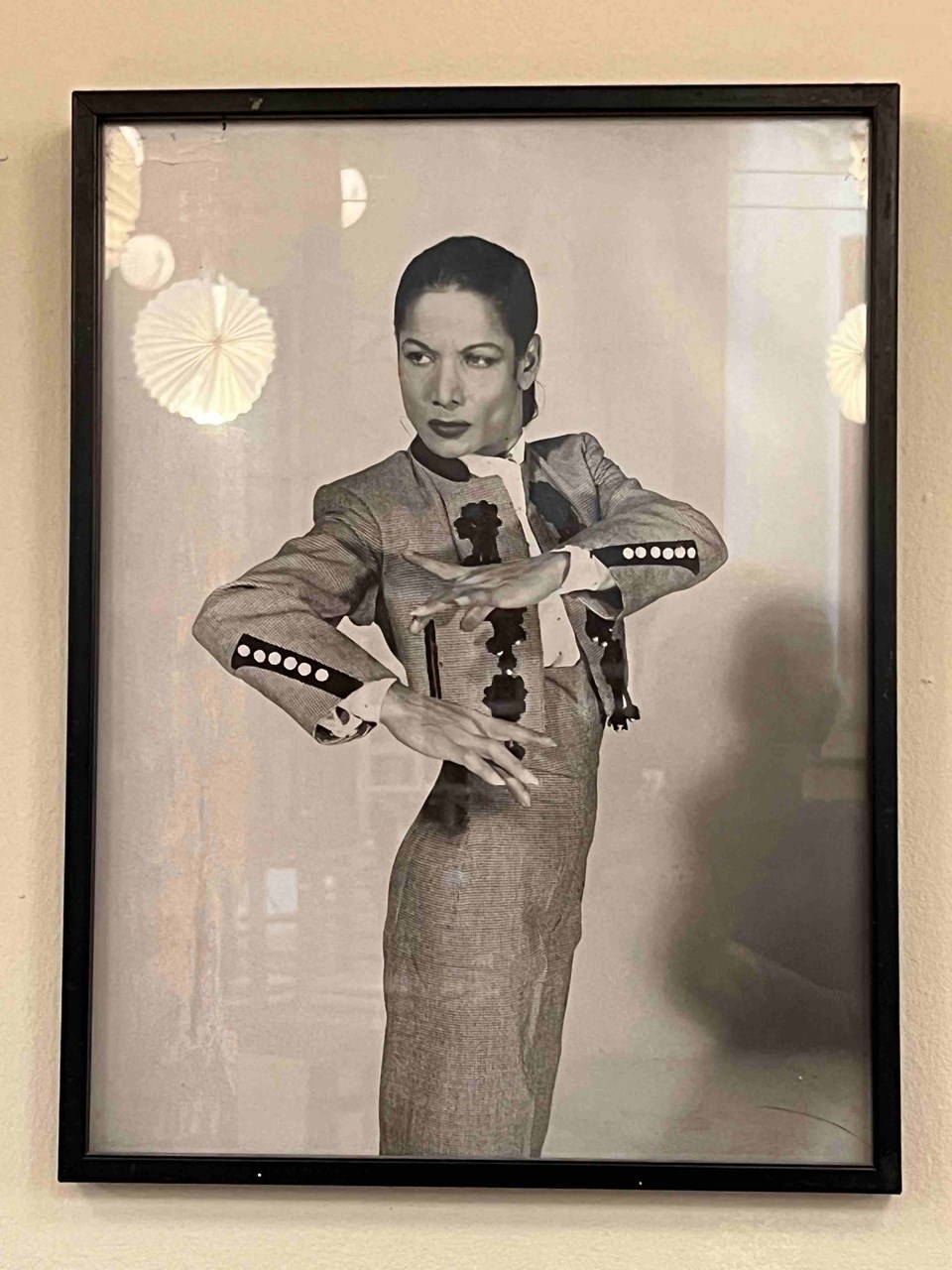Carmen Amaya was not just a dancer, she was considered the embodiment of flamenco itself, a force of nature that revolutionized the art form and left an indelible mark on its legacy.
Born on November 2, 1913, in the slums of Barcelona, Spain, Carmen Amaya's journey to becoming the Queen of Flamenco was one of resilience, passion, and sheer talent. From a young age, she was captivated by the rhythms of the streets, the melodies of the guitar, and the raw emotions that flamenco evoked. With no formal training, Carmen learned to dance by observing the performers in the taverns and cafes of her neighborhood.
 Carmen AmayaWiki
Carmen AmayaWiki
Amaya's rise to prominence came at a time when flamenco was predominantly male-dominated. Yet, she fearlessly broke through gender barriers, commanding the stage with her electrifying presence and unmatched skill. Her performances were a whirlwind of emotion, blending tradition with innovation as she infused the dance with her own personal style – fierce, passionate, and undeniably authentic.
But Carmen Amaya was more than just a dancer, she was a cultural icon whose influence transcended borders. In the 1930s, she took the international stage by storm, captivating audiences from New York to Paris with her fiery performances. Her collaborations with renowned artists such as guitarist Sabicas and filmmaker Orson Welles further solidified her status as a legend in the world of dance.
Carmen's life was not without its struggles. Despite her fame and success, she faced discrimination and hardship, both as a woman and as a Romani (Gitano) in a society marked by prejudice. Yet, through it all, she remained a beacon of strength and resilience.
Page created on 4/15/2024 5:46:52 PM
Last edited 4/24/2024 4:52:38 PM
